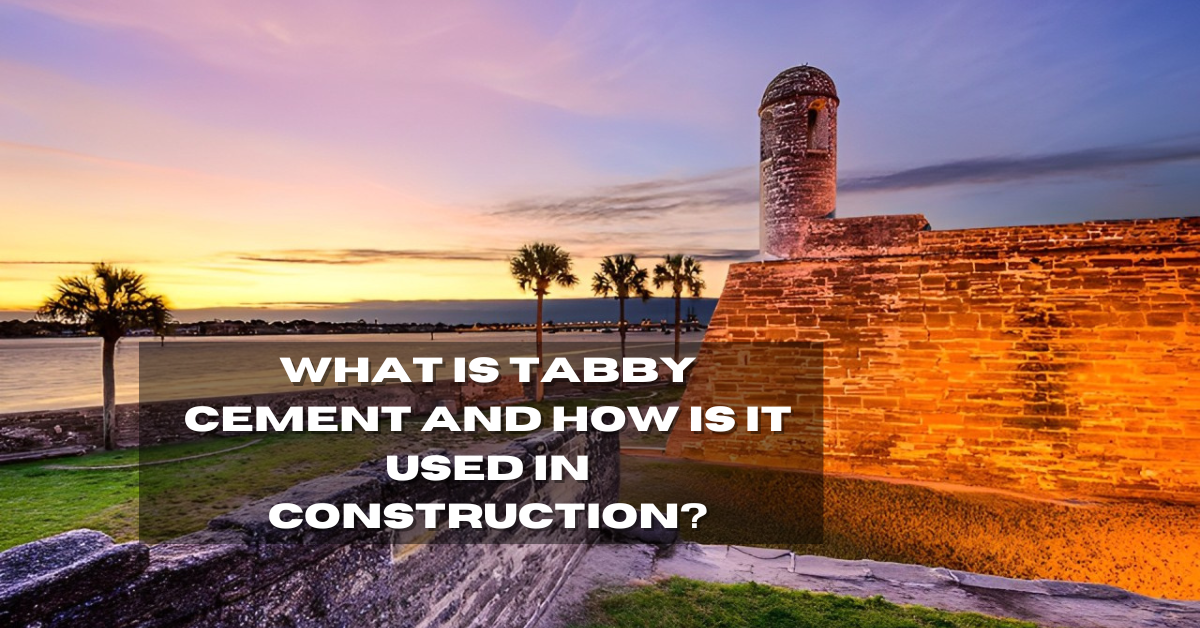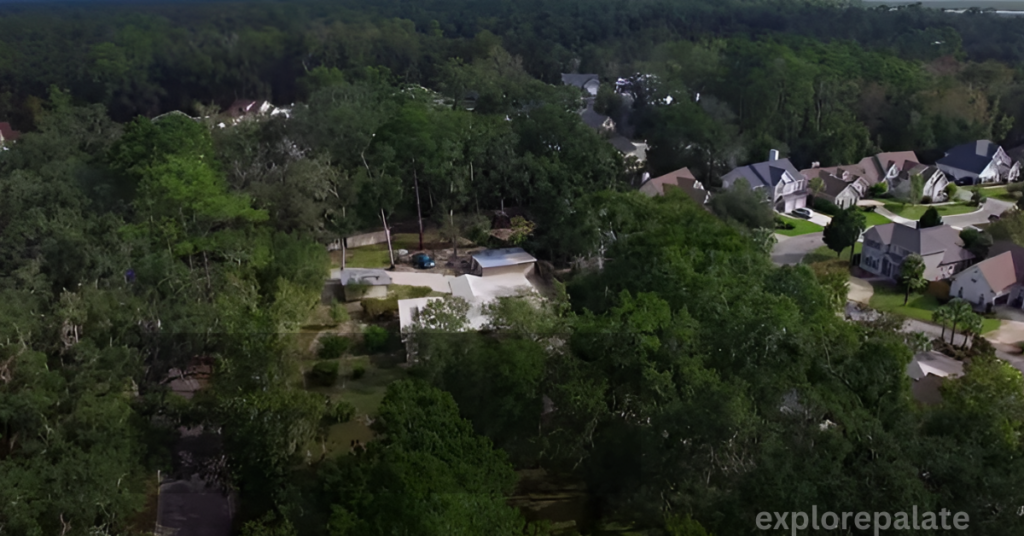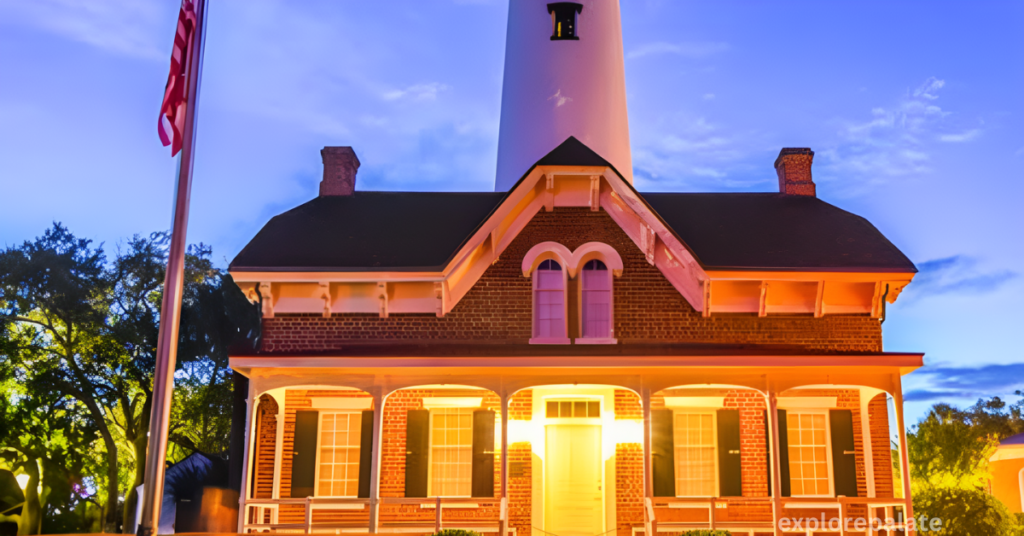Embedded in the rich history of building materials, Tabby has re-emerged as an increasingly popular choice among construction professionals around the world. At its core, Tabby is a type of concrete where crushed oyster shells serve as the main ingredients. This not only lends it a unique aesthetic with looks that boast a charmingly rustic appeal but also contributes to the material’s strength and durability.
Reflecting on my firsthand experience with this intriguing material, it’s fascinating to note how its application transcends mere functionality. Tabby is not just used in a variety of construction projects for its robustness; its distinct texture and finish invite a stylistic expression rarely matched by conventional materials. This peculiar blending of utility with artistry is why many hold Tabby in high regard within the building sector.
The compelling quality of Tabby lies in its composition—wherein the crushed components of the shell structurally enrich the cement, lending it a resilience favored by those endeavoring in substantial architectural ventures. Yet, despite its increased popularity, the elegant simplicity with which Tabby aligns looks and functional integrity remains unmatched.
What is Tabby Cement?
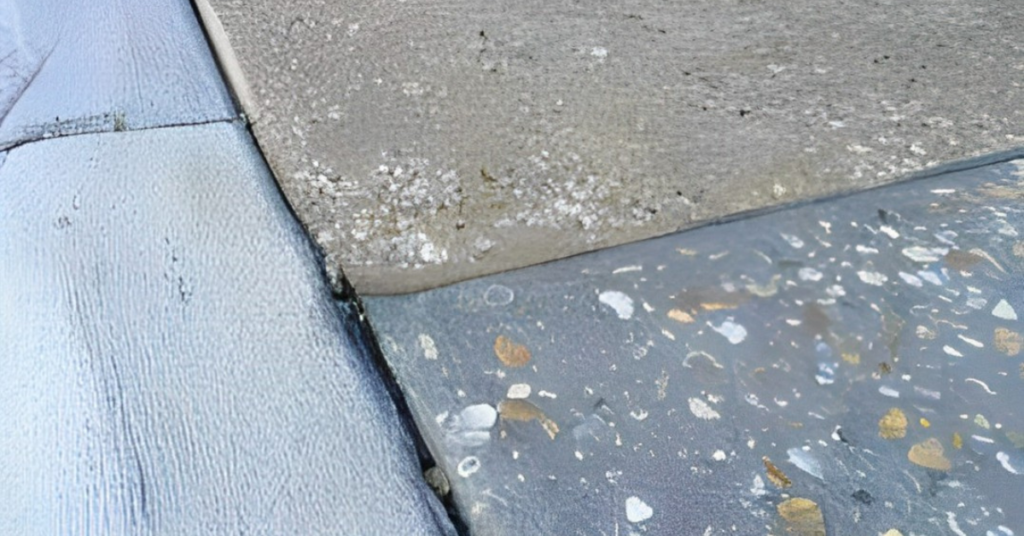
A personal foray into the realm of construction introduced me to Tabby cement, a type of concrete that piqued my curiosity with its unique composition and characteristics. As a professional in the industry, I quickly learned that its main ingredients include crushed oyster shells. These shells are not merely a variety filler; they are integral, lending both strength and durability to the material.
This unique component gives Tabby a distinctive look that captures the essence of the regions where it’s used. Its application in various construction projects across the world has become increasingly popular. The choice of Tabby is not just about its aesthetic appeal but also its reliability as a construction material.
History of Tabby Cement
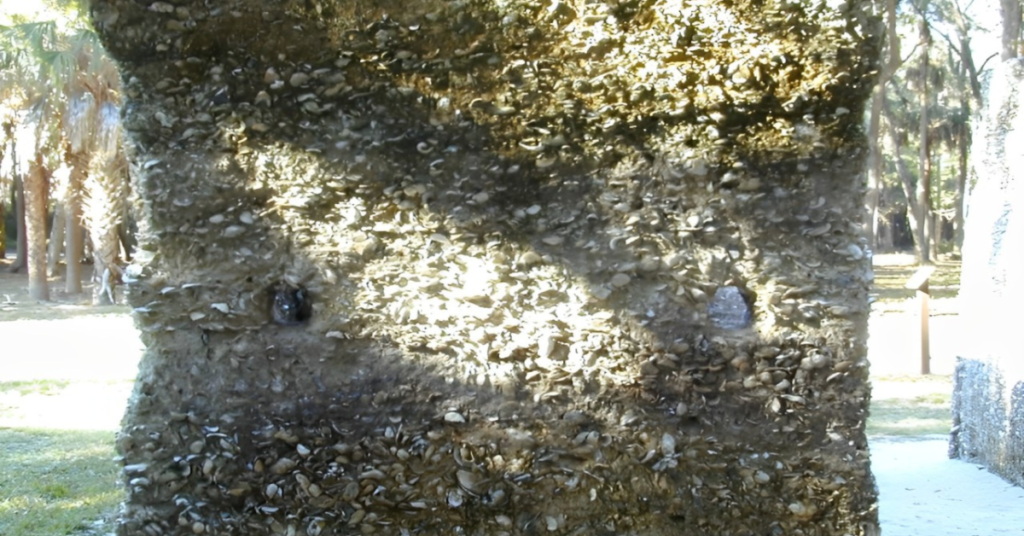
Venturing deeper into the history of Tabby cement, I discovered its first introduction to the USA was through Spanish explorers. It became hugely popular in states like Florida, British Georgia, and South Carolina between the 16th and 17th centuries. Back then, the production of Tabby was a labor-intensive task.
It involved collecting, crushing, and burning oyster shells from the southeastern coastline, revealing a historic landscape imprinted in the South. With many old plantation homes and ruins featuring these materials, Tabby has left a marker on the coast that we see as part of today’s cultural and architectural significance.
Some of these sites, like the Fort Frederica National Monument on St. Simons Island, showcase images taken from the actual world origin of Tabby. It is believed that the availability of oyster shells and the ability to manage slave labor were key in its widespread use, reflecting a complex historical tapestry.
Tabby Cement Use Cases

In the realm of construction, particularly the kind that craves a rustic charm, Tabby Cement finds its niche with elegance. Its versatility shines through in both indoor and outdoor applications, where it transforms spaces with a palette of various colors and a uniquely textured surface.
One might be amazed how countertops within a home can exude a time-worn character when fashioned from tabby concrete, or how outdoor decorative surfaces can narrate a story of age-old splendor.
Sub-base for Roads and Parking Lots
As we traverse the intricate paths laid by human ingenuity, Tabby Cement comes across as a steadfast sub-base for our roads and parking lots. The very nature of this material, so durable and adept at resisting erosion, ensures that the ground beneath our tires can withstand the burden of high-traffic areas and the weight that comes regularly with cars and trucks, thus validating its impressive compressive strength.
Base for Pavements
When it comes to laying pavements, a solid base is non-negotiable. Tabby Cement fulfills this role with utmost diligence, creating structures designed to last longer, and resist wear and tear, thus producing a reliable base with commendable weight-bearing capabilities.
Lightweight Fill Material
The ingenuity of Tabby Cement can not be understated when utilized as a lightweight fill material. Its porous nature allows both water and air to drain rather effortlessly, creating sanctuaries in areas prone to flooding. Moreover, its composition also behaves as an efficient thermal mass, quietly absorbing and releasing heat energy, thus contributing to ecological and energy-efficient construction practices.
Soil Stabilization Agent
Diving deeper into the earth, the importance of Tabby Cement as a soil stabilization agent is unveiled. Mixed with organic materials, it improves the health of the soil, transforming it into a compact and dense material. This provides much-needed stability and strength for various construction projects, safeguarding against erosion and instability, while improving drainage.
Drawing upon my own experiences in construction, the tactile sensation of working with Tabby Cement is unlike any other material. Its capacity to be gentle on the earth yet robust against the elements sets it apart, proving its mettle time and again in diverse applications. Through deliberate use cases and thoughtful implementation, Tabby Cement substantiates its role as a cornerstone in sustainable, durable, and aesthetic construction.
Get the Most Out of Tabby Cement
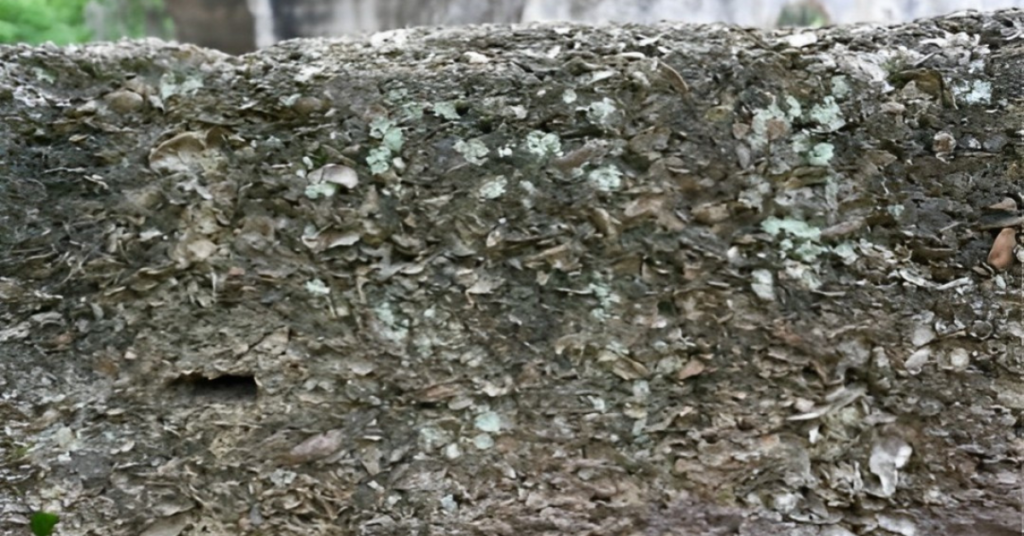
When it comes to cement that stands the test of time, Tabby Cement surely comes to mind. Utilizing a mix of cement, sand, and crushed oyster shells, it offers durable structures that hold up against weathering and erosion—employments especially vital in coastal construction. Not just confined to outdoor use, its natural beauty also finds a way inside homes for interior applications, combining functionality with aesthetics.
Fire Resistance
The thought of fire damage can be unnerving, but with Tabby Cement, peace of mind comes standard. Aptly refusing to ignite or burn when exposed to fire, this ideal material is a safeguard for those in fire-risk areas. An inherent resistance is granting one less worry for homeowners and constructors alike.
Resistant to Water Damage
Fear of damage from the elements can weigh down on any construction project. But Tabby Cement, again, proves its worth by not allowing water to absorb, swell, or crack its hardy surface. Its deflection of moisture makes it a go-to option for locales prone to flooding or frequent water damage.
Durable and long-lasting
Consider the relentless bustle in high-traffic areas; Tabby Cement is the unsung hero able to withstand constant wear and tear, unlike some other types of concrete. A hallmark of resilience and longevity, it lends itself to a myriad of uses where others may falter.
In my personal experience, having overseen various construction projects, the versatility and robustness of Tabby Cement have repeatedly proven its superiority. There’s a certain confidence that comes with choosing it—knowing that it’s a composition crafted to last and perform remarkably.
Conclusion
Tabby cement—an ancient yet innovative building material—marries functionality with aesthetics, offering a historical charm and modern resilience. Standing testament to the versatility of construction materials, Tabby cement reasserts its relevance in contemporary building practices with its unique blend of crushed oyster shells. These shells not only impart a rustic beauty to structures but also fortify the cement, providing unmatched durability and strength.
As the choice cement for coastal architecture and a myriad of other uses, Tabby continues to be prized for its natural texture, resistance to harsh elements, and ability to integrate into various design narratives. The enduring legacy and resurgence of Tabby cement highlight its singular contribution to sustainable and effective construction methods, making it an enviable option for builders seeking both robustness and aesthetic appeal.
You Might Also Like
FAQs
What is tabby concrete used for?
You can see the seashells in tabby concrete, making it a great choice for houses, stores, and other buildings located along the coast. Hotels, condos, and restaurants that want to lean into a nautical theme can use tabby concrete.
What is tabby as a building material?
A related building material is tabby, often called coastal concrete, which is manmade coquina. Tabby is composed of lime from burned oyster shells mixed with sand, water, ash, and other shells.
What is the Tabby Foundation?
Tabby is a type of concrete made by burning oyster shells to create lime and then mixing it with water, sand, ash, and broken oyster shells. Tabby was used by early Spanish settlers in present-day Florida, then by British colonists primarily in coastal South Carolina and Georgia.
How do you make tabby concrete?
Tabby is a mix of lime, sand, and water. The lime was obtained by cooking whole oyster shells in a kiln, then “slaking” the shells by adding water to them – in this process the shells break down. Watch the Making Tabby: Slaking Demonstration video to see this transformation.
What is tabby and how does it work?
Tabby Card is a digital Visa card for in-store shopping. It gives you the freedom to split your purchases into 4 payments at stores that accept Tabby Card.
What is the process of tabby concrete?
Tabby is a masonry building material made up of sand, lime (procured through the burning of oyster shells), oyster shell aggregate, and water. These materials are mixed into a slurry, poured into wooden molds called “shuttering”, and formed into foundations, walls, columns, or blocks; almost any application is possible.

